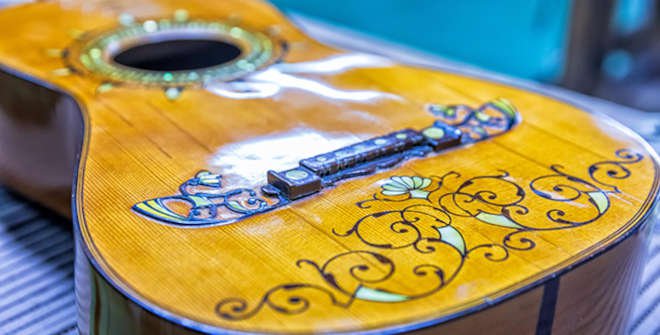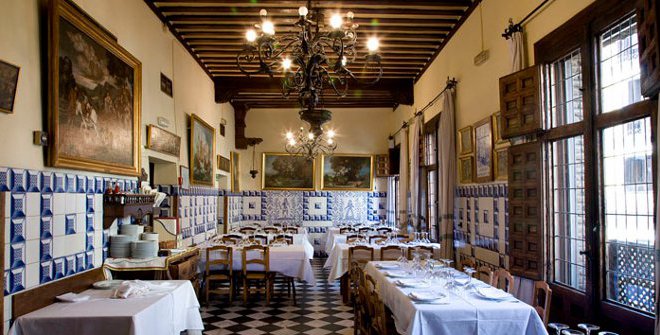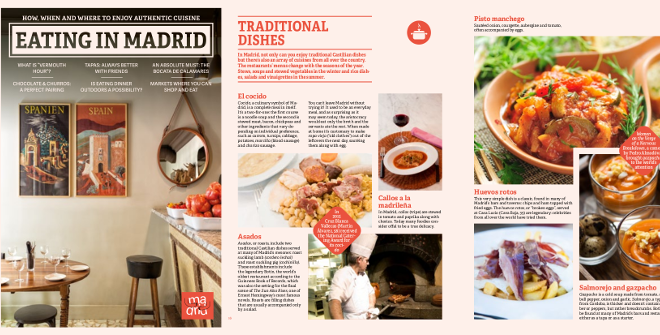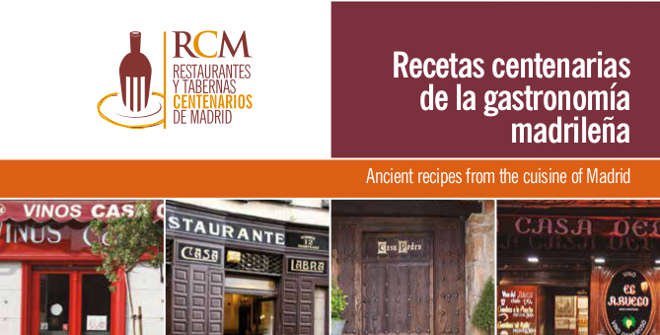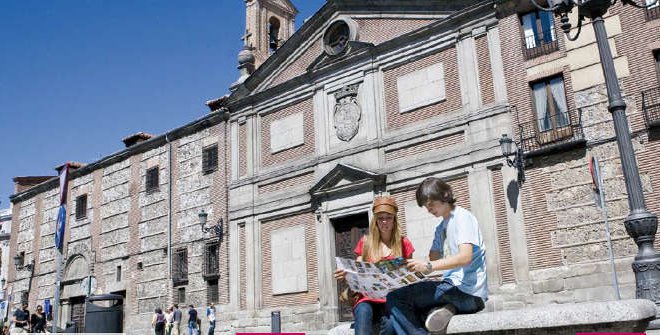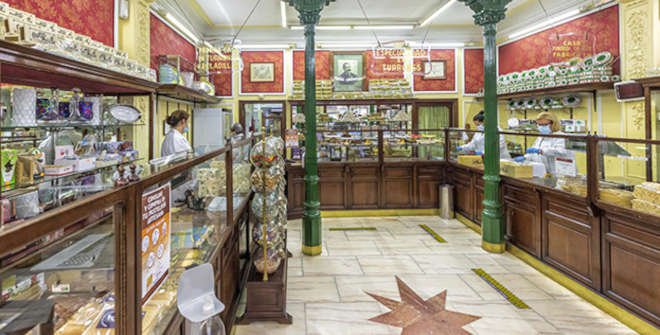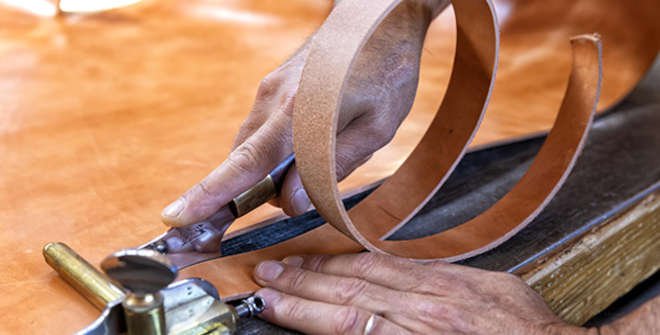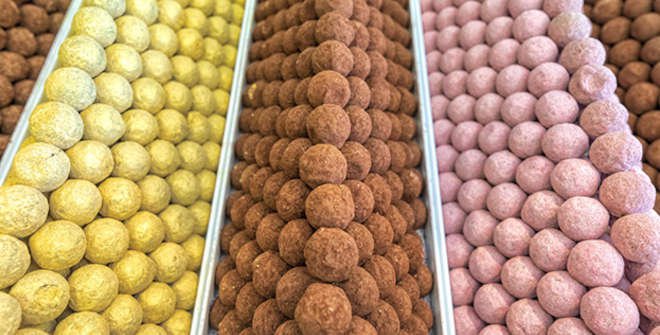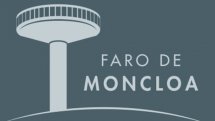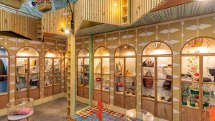Madrid's Luthiers
The 21st June is European Music Day. What better excuse to pay a visit to some of the master craftsmen and women who make handmade guitars? The wisdom of these luthiers is infinite, and their craft brings us works of art that withstand the test of time and allow us to form lasting memories. By Silvia Roba

Our first question may be obvious, but what is a luthier? We could say that it is simply a person who builds or repairs stringed instruments. But that definition seems to fall short, when in actual fact being a luthier is understanding how to create emotions.
This French word used to describe the trade was first used in Spain back in the 18th century, even though the words laudero and citolero had been used for over three centuries to describe constructors of stringed instruments, who would eventually form part of the guild of violeros. Iberian lutherie played an important part in the creation and development of many early musical instruments, among which is the guitar. And today, in Madrid, we can find true masters of this magical art. Shaping wood into an instrument for a musician to play is only possible with a great deal of patience and vocation.
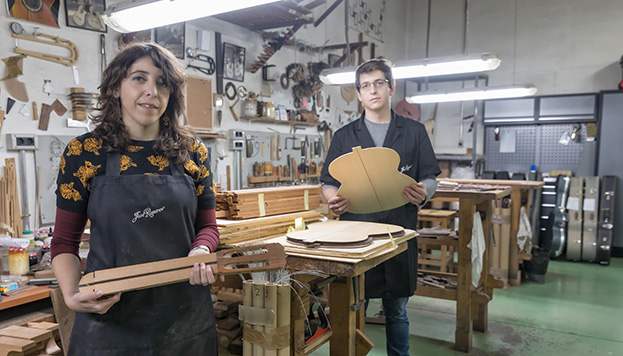
At least 14,838 pieces are needed to make a Ramírez, the guitar that brought Andrés Segovia to fame. And not just him. Francisco Tárrega, Narciso Yepes, Paco de Lucía, and even George Harrison, Eric Clapton and Mark Knopfler have also plucked at the strings at one of these classic instruments, made by hand in Madrid since 1882. The Ramírez house was founded by José Ramírez, who learnt the trade at the age of 12 in the workshop belonging to Francisco González, on Carrera de San Jerónimo. Later, José opened his own workshop at the Rastro flea market, before moving to Calle de Concepción Jerónima, close to today’s store and museum.

The so-called Madrid School of Guitar Makers took its first steps alongside José – the great-great-grandfather of Cristina and José Enrique, who are the niece and nephew of Amalia Ramírez, one of the first women to form part of the guitar lutherie world. Today, the three of them are at the helm of the workshop, which opened its doors at number 10 on Calle General Margallo. Together we look back at the history of their family, advocates of innovation for as long as they can remember. It was the patriarch of this dynasty to whom we owe the tablao guitar, which changed the world of flamenco forever. Leading artists turned to him to craft an instrument with greater acoustic projection that could be heard above the singing and palmas (rhythmic handclapping).

It was José Ramírez III who first used red cedar for the soundboard. To this day his descendants still use this wood in their craft, in addition to palo santo from India and Madagascar and fir and cypress wood. Being a century-old business has meant that they have been able to preserve raw material that is up to 60 years old. Listening to these master craftsmen is a true delight for the ears. To catch a glimpse of their masterpieces you can simply drop by their workshop here or visit, for example, New York’s MoMA, where a Ramírez hangs on the wall.
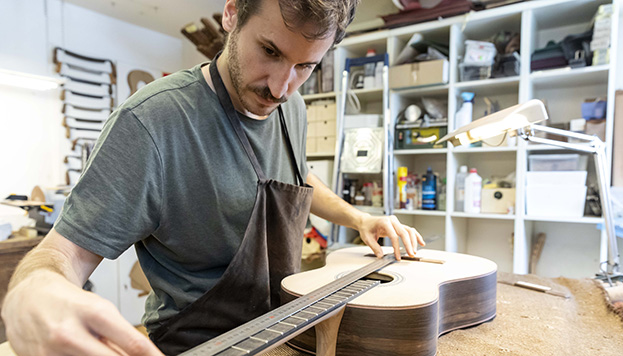
Passing from the hands of the master craftsmen who have brought this workshop to life for over one hundred years, to the likes of Paco de Lucía, Pepe Habichuela and Bob Dylan, the guitars of Felipe Conde have travelled the world. From a workshop merely steps away from the Teatro Real opera house, where thousands of pieces of wood are shaped into ever-lasting stories. Cedar, palo santo, Spanish cypress, ebony… Each raw material, each word and each note are evocative in their own right at this lutherie, which receives orders from all four corners of the globe.
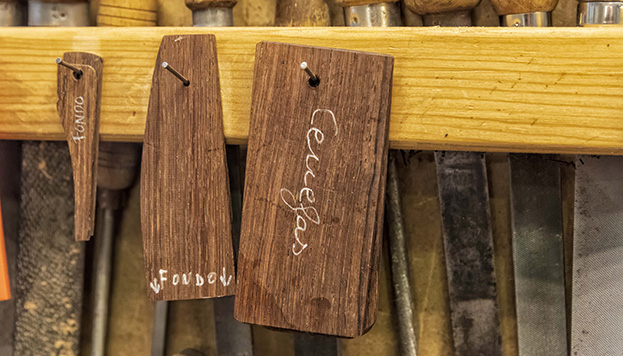
The instruments that Felipe Conde and his children María and Felipe delicately craft are ambassadors for our culture, wherever their final destination may be. Domingo Esteso, one of the leading guitar luthiers in Spain, founded this house, which dates back to 1882. He started out as an apprentice at the workshop of Manuel Ramírez, before opening his own place with his wife, Nicolasa Salamanca, who was in charge of varnishing the instruments.
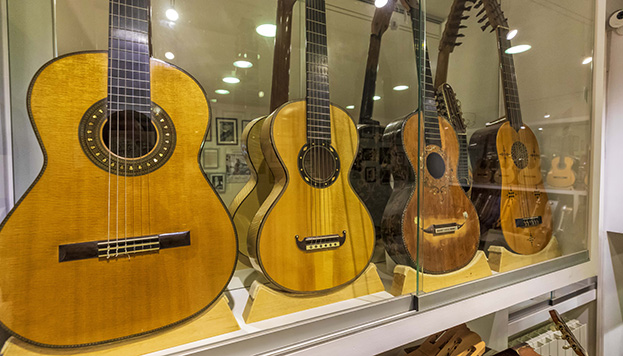
In 1926, he welcomed to the workship his nephew, Faustino Conde, the uncle of today’s owner, and in 1929, his father, Mariano. Felipe’s turn came when he was 14 years old, and to this day he still works under the very same premise: “respect for tradition and building relationships with the public and professionals are the key to researching and improving the sound of my guitars.”
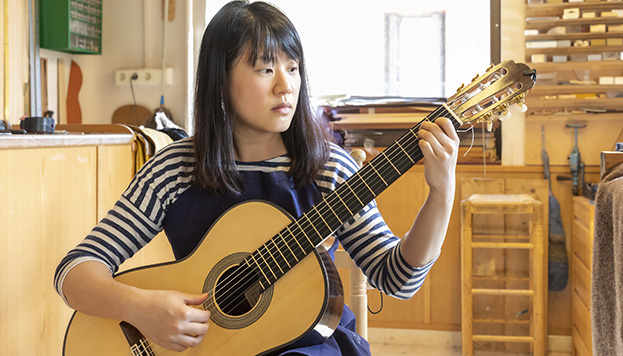
Her name is Yunah, and she is the only Korean woman in the world who constructs classic Spanish guitars. And she does so from her workshop in the district of Malasaña, where she learnt the craft from luthier Ángel Benito. She was born 38 years ago in Seoul, where she later graduated from Korea University and came to Spain to finish her studies. She initially wanted to be a guitar teacher, but then she thought how great it would be to return to Korea and play a concert with an instrument she had crafted with her own hands.

As she couldn’t find a school to teach her how to make guitars, she came to Madrid to ask the professionals how it was done. And that’s where her story began. It was a year before she made her first guitar, after dedicating all her time to simply watching and observing her teacher. Today it is her that people come to watch through the windows of her workshop, curious to see how she works. “I always make my instruments from the best wood, which I select based on its aesthetic and elastic qualities and its sound performance,” she says, as she explains how she feels when she touches and smells the raw material for the first time. Making musical instruments with this wood is everything to her. If there’s anything that sets her guitars apart, it’s their very Spanish, traditional sound. At her fingertips, a profession that is pure love lives on.
